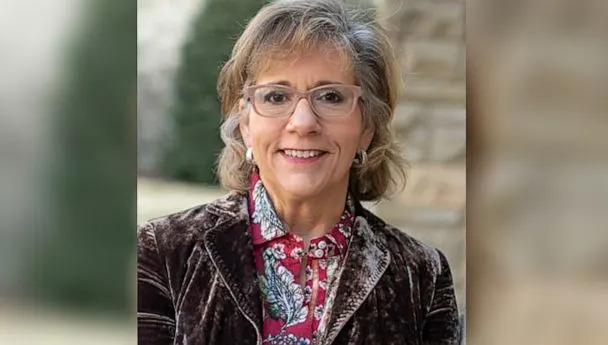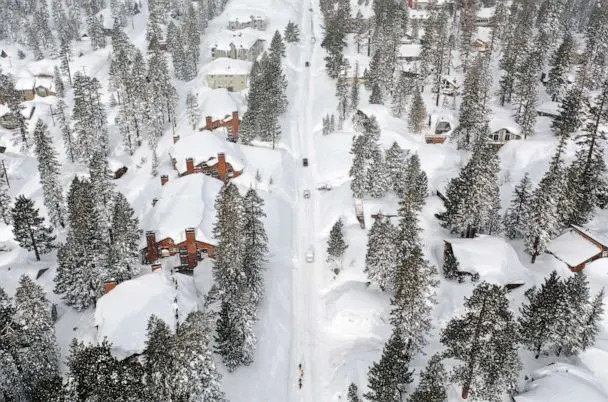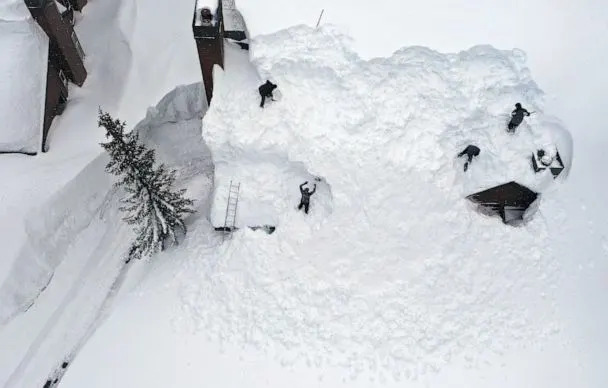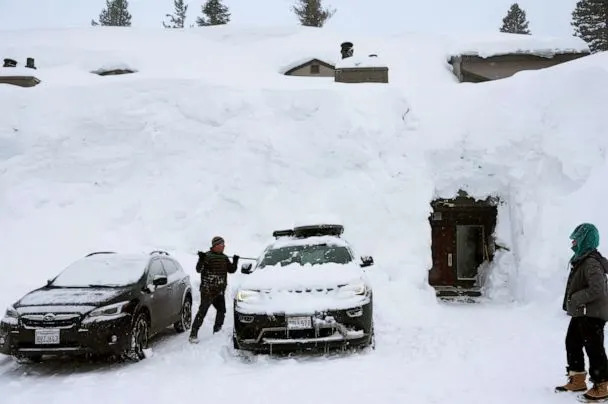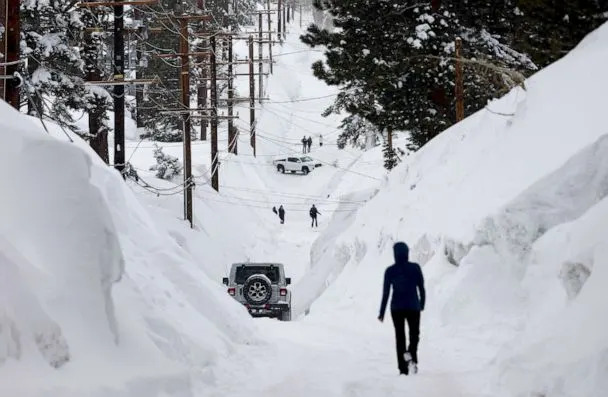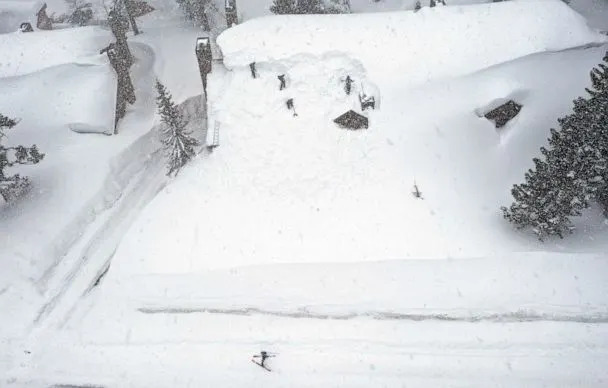Daily Beast
Cops Reveal Chilling New Details About Nashville Shooter Audrey Hale
Josh Fiallo – April 3, 2023

Authorities revealed Monday that Nashville mass killer Audrey Hale fired off 152 rounds during the assault at the Covenant School that left six dead and sent a church community into mourning.
The shocking detail emerged in the Metropolitan Nashville Police Department’s latest update on their investigation, which also revealed that Hale plotted the massacre for months in writings found inside his car and home.
“[Hale] documented, in journals, [their] planning over a period of months to commit mass murder at The Covenant School,” police said in a news release Monday.
Nashville Shooter Amassed an Arsenal Despite Being Under Doctor’s Care–
Cops say Hale’s writings have been turned over to the FBI’s Behavioral Analysis Unit in Quantico, Virginia, which is working with local detectives to determine what drove Hale to slaughter three kids and three staffers at his former primary school.
While a precise motive hasn’t been discovered, police said they’ve determined that Hale “considered the actions of other mass murderers.”
Hale’s motive has been a mystery from the start. Nashville Police Chief John Drake initially speculated that 28-year-old Hale, who attended the private religious school as a kid, held “resentment” toward former teachers there. It’s since been revealed that Hale was devastated by the recent death of a close friend, was under the care of a doctor for an emotional disorder, and had sent a series of dark messages to a friend just before the assault began.
On the day of the shooting, March 27, Drake said Hale left behind a “manifesto” that was being studied by detectives, but its contents haven’t been made public.
The barrage of bullets fired by Hale came from two assault rifles and a handgun, cops said Monday. The three weapons were part of a seven-gun arsenal Hale had legally amassed behind his parents back—stashing the weapons throughout the Nashville home they shared, Drake said last week.
Hale was gunned down by two Nashville officers just 14 minutes after he broke into the school by shooting through locked glass doors. Police said Monday those officers each fired four shots, killing Hale at the scene.
Related:
Associated Press
Nashville police: School shooter planned attack for months
Travis Loller, Jonathan Mattise and Kimberlee Krues – April 3, 2023


Students gather outside the State Capitol for the March for Our Lives anti gun protest in Nashville, Tenn., Monday, April 3, 2023. (AP Photo/George Walker IV)


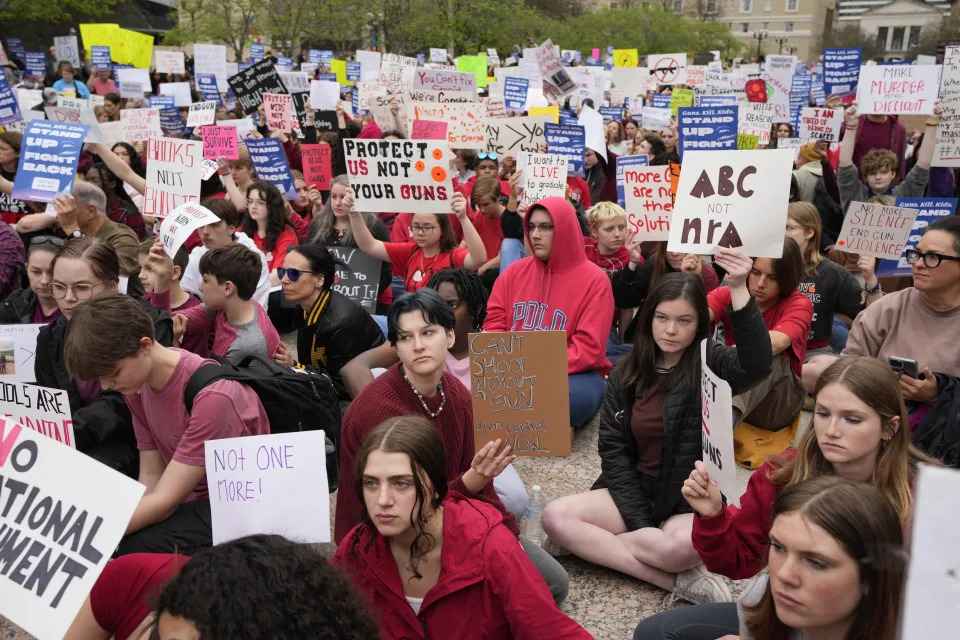


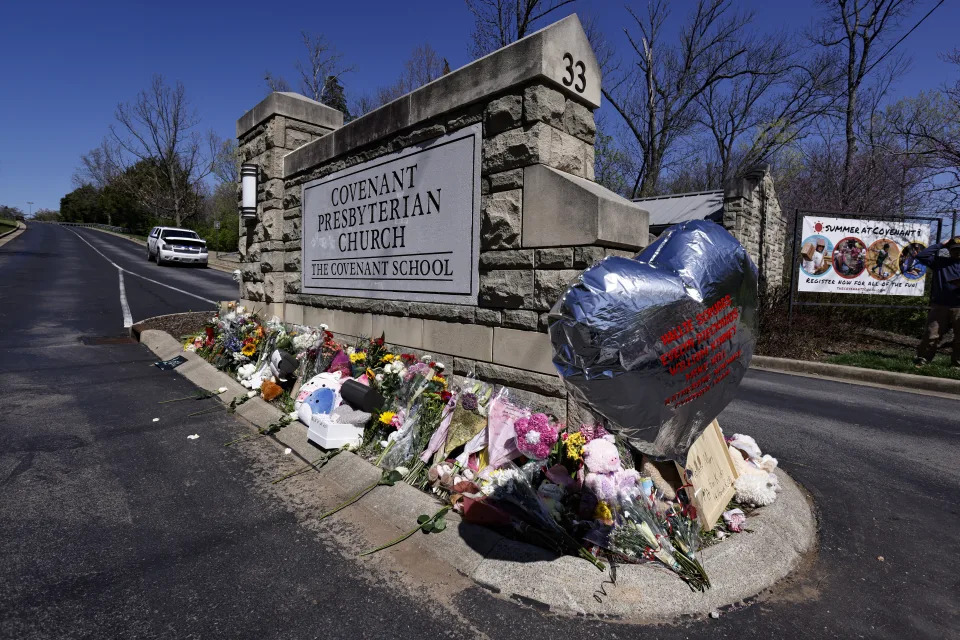
NASHVILLE, Tenn. (AP) — As students across Nashville walked out of class on Monday to protest gun violence at the Tennessee Capitol following a school shooting last week, police said the person who killed six people, including three 9-year-old children, had been planning the massacre for months.
Police have not established a motive for the shootings at The Covenant School, a small Christian elementary school where the 28-year-old shooter was once a student, according to a Monday news release from the Metropolitan Nashville Police Department. Both Nashville police and FBI agents continue to review writings left behind by Audrey Hale, both in Hale’s vehicle and home, police said.
“It is known that Hale considered the actions of other mass murderers,” police said.
The three children who were killed in the shooting were Evelyn Dieckhaus, Hallie Scruggs and William Kinney. The three adults were Katherine Koonce, 60, the head of the school, custodian Mike Hill, 61, and 61-year-old substitute teacher Cynthia Peak.
Hale fired 152 rounds during the attack before being killed by police. That included 126 rifle rounds and 26 nine-millimeter rounds, according to police.
Outside the state Capitol on Monday, thousands rallied in a call for gun reform, many of them students from Nashville-area schools who walked out of their classes en masse. Some other students sat outside the House speaker’s office in the legislative building.
The crowd outside the Capitol echoed chants such as “thoughts and prayers are not enough” and sang along to songs like “All You Need is Love” – adding to it, “and action!” At one point, they sat for a moment of silence, raising posters above their heads that read, “Thoughts and prayers are useless to dead children,” “Book bags not body bags,” and “2nd graders over 2nd amendment.” Some students wore orange shooting-target stickers on their shirts.
Vivian Carlson, a senior at Hume-Fogg High School nearby in downtown Nashville, helped organize her school’s walkout. She told the crowd that her biggest fear last week, when the shooting unfolded, should have been “missing the bus or my stepmom scolding me for not cleaning the cat litter box.” Instead, she said she was missing English class Monday because politicians are “protecting old laws for a new society.”
Carlson, like many others who addressed the crowd, called for changes to Tennessee’s gun laws, including a ban on assault weapons, tougher background checks and a “red flag” law. Red flag laws generally allow law enforcement to temporarily confiscate weapons from people whose statements or behavior are deemed to make them a danger to themselves or others.
“To my fellow students, we cannot let this pressure and fire escape us,” Carlson said. “Feel the fear as you walk into school and let it inspire you to fight for change. And please, if there is one thing you can do, I beg you to vote.”
Tennessee’s Republican governor and supermajority Republican legislature have moved to loosen gun laws in recent years. The same day as the Covenant shooting a federal judge quietly cleared the way to drop the minimum age for Tennesseans to carry handguns publicly without a permit to 18 — just two years after a new law set the age at 21.
As thousands swarmed the Capitol, Gov. Bill Lee and state lawmakers held a press conference nearby to unveil legislative proposals that would add more funding for school resource officers and mental health resources.
The proposals included $140 million to place an armed security guard at every public school, as well as $27 million to enhance public and private school security. Lee is also proposing adding $30 million to expand the state’s homeland security network that will work with both public and private schools.
The governor’s proposals must now clear the Legislature as lawmakers are in their final weeks of the session.
Notably absent from Lee’s announcement were any calls to tighten the state’s access to guns. As he stood surrounded by top Republican leaders, Lee said he believed that people who are a threat to themselves should not have access to weapons, but also stated that any law designed to address those concerns shouldn’t impede 2nd Amendment rights.
He called on the Legislature to find the appropriate solution. Yet that call to action may be short-lived after Sen. Todd Gardenhire, who chairs the influential Senate Judiciary Committee, told reporters that he has no plans to consider any new gun-related bills this session.
“We all agree that we should all find something that we agree upon,” Lee said. “I think we can do that and I think we should do that.”
Lee added that he had not talked to Gardenhire about his stance on halting new gun legislation.
An AP investigation last year found that most U.S. state barely use the red flag laws touted as the most powerful tool to stop gun violence before it happens. It’s a trend experts blame on a lack of awareness of the laws and resistance by some authorities to enforce them even as shootings and gun deaths soar.
Even after the main rally ended Monday, hundreds of protesters remained at the Capitol as lawmakers went into the House and Senate chambers for their evening sessions. Many protesters made their way inside the building, where they sang “This Little Light of Mine” before erupting into chants, “Save our kids!”
The scene recalled a rowdy gun control protest last week. On Thursday, protesters were forced to leave the Senate chamber gallery after yelling, “Children are dead!” — and two Democratic lawmakers caused the House to temporarily shut down by chanting, “Power to the people!” through a megaphone.
Police have said Hale was under a doctor’s care for an undisclosed “emotional disorder.” However, authorities haven’t disclosed a link between that care and the shooting. Police also said Hale was not on their radar before the attack.
Social media accounts and other sources indicate that the shooter identified as a man and might have recently begun using the first name Aiden. Police have said Hale “was assigned female at birth” but used masculine pronouns on a social media profile. However, police have continued to use female pronouns and the name Audrey to describe Hale.





































